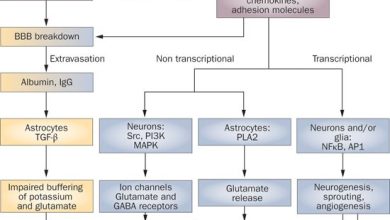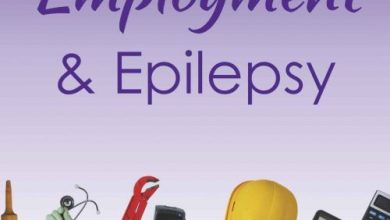
Assistive Technologies for Seizure Management: Empowering Individuals and Transforming Lives
Epilepsy, a chronic neurological disorder affecting millions globally, presents significant challenges for individuals living with the condition. Seizures, the hallmark symptom, can be unpredictable and life-disrupting. However, advancements in assistive technologies offer a beacon of hope, empowering individuals with epilepsy to manage their condition more effectively, improve safety, and enhance their quality of life.
Seizure Detection and Monitoring Devices: Keeping a Watchful Eye
One of the most crucial aspects of seizure management is early detection. Seizure detection and monitoring devices play a vital role in achieving this goal. Here’s a closer look at some prominent technologies:
- Electroencephalogram (EEG) Based Wearables: These devices, often resembling headbands or caps, measure brain electrical activity. Advanced algorithms analyze the EEG data in real-time to detect abnormal patterns indicative of a potential seizure.
- Smartwatch Integration: Several smartwatches incorporate seizure detection features. These devices utilize accelerometers and gyroscopes to monitor movement patterns associated with certain seizure types. Integration with EEG technology holds promise for enhanced detection accuracy in the future.
- Bed Monitoring Systems: These sensor mats placed under the mattress can detect changes in movement or body position during nocturnal seizures. This is particularly helpful for individuals prone to seizures during sleep and their caregivers.
Seizure Alert and Communication Systems: Calling for Help When Needed
Early intervention during a seizure can significantly improve patient outcomes. Seizure alert and communication systems provide a crucial link between individuals experiencing a seizure and their caregivers or emergency services.
- Automated Alert Systems: These devices, often integrated with seizure detection wearables, can send automatic alerts via SMS, phone calls, or pre-programmed apps to designated caregivers or emergency contacts when a seizure is detected.
- Two-Way Communication Devices: Emerging technologies allow for two-way communication during a seizure. These devices may incorporate voice recognition software or pre-recorded messages to alert caregivers and potentially provide vital information about the seizure type or location.
Beyond Seizure Detection: Technologies for Enhanced Safety and Wellbeing
Assistive technologies extend beyond seizure detection and communication. These advancements aim to improve overall safety and well-being for individuals with epilepsy.
- Fall Detection and Prevention Systems: Seizures can cause falls, leading to injuries. Wearables with fall detection features can trigger alerts and potentially activate inflatable vests or airbags to minimize injury risk.
- Medication Management Tools: Smart pillboxes and mobile applications can provide medication reminders, track adherence, and offer valuable insights into seizure patterns and potential medication adjustments.
- Virtual Reality (VR) and Augmented Reality (AR) Applications: VR and AR technologies are being explored for seizure management in various ways. VR can be used for relaxation and stress reduction, which can be helpful seizure triggers. AR applications might offer real-time seizure first-aid guidance to bystanders.
The Road Ahead: Continued Innovation and Improved Accessibility
The field of assistive technologies for seizure management is constantly evolving. Researchers are actively exploring new avenues, including:
- Integration of Artificial Intelligence (AI): AI algorithms hold promise for improving the accuracy of seizure detection and prediction, allowing for more personalized intervention strategies.
- Closed-Loop Systems: Imagine a system that not only detects seizures but also automatically delivers therapeutic interventions such as electrical stimulation or medication release. Closed-loop systems are a future possibility with significant potential.
- Improved Accessibility and Affordability: Currently, some assistive technologies can be expensive. Efforts are underway to make these devices more affordable and accessible to a wider population with epilepsy.
Conclusion: A Brighter Future for Seizure Management
Assistive technologies are revolutionizing seizure management. By providing tools for early detection, improved communication, and enhanced safety, these advancements empower individuals with epilepsy to live a more fulfilling and independent life. Continued research and development, coupled with efforts to improve access and affordability, paint a brighter future for individuals navigating epilepsy. As technology continues to evolve, we can anticipate even more innovative solutions that will transform the landscape of seizure management.




